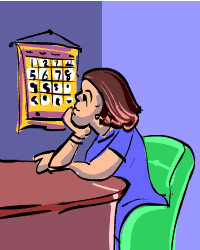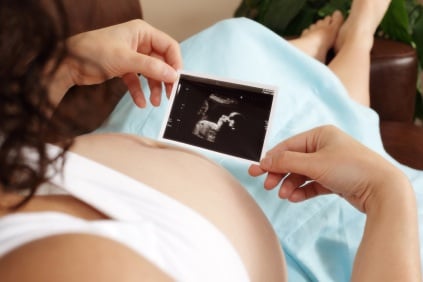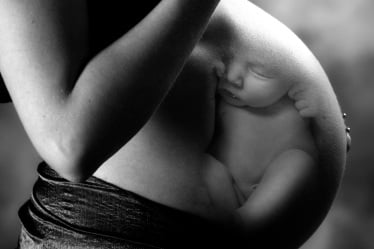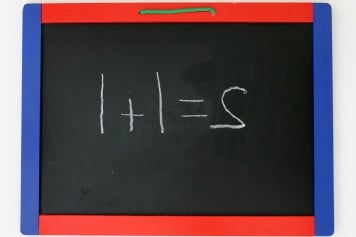Ovulation refers to the rupture of the ripened follicle in the ovary to discharge the egg ready for fertilisation at middle of the menstrual cycle. For example in a 28-day cycle, ovulation occurs on the 14th day. Variations in the timing are not uncommon and it can range from the ninth day to the 16th day before the next menstrual period. So the chances of fertilisation are more few days around the ovulation time. That’s why the time around mid cycle is considered unsafe.

Ovulation and the Safe Period [Illustration by Shiju George]
Any alteration of the menstrual cycle from the standard 28-days cycle will also alter the ovulation time and safe period.
The so-called safe period or the rhythm method of contraception is safe if the chances of intercourse happen in the first eight days or last 10 days of a menstrual cycle. For all practical purposes, the safe period is not totally safe as the time of ovulation varies from cycle to cycle and from individual to individual.











Hi,
Please help – I have not had period for one month after those 5 days later I got my period. So it is for pregnancy symbol.
Kya mestrual cycl ka samaya sex kar na sa girls pragnant ho sakti ha ki na hi
Sobha ji ap pregnant nahi ha
I am 37 + 2 days pregnent. can i use Castro oil?
kindly tell me
My wife last cycle was 10th March-2014, so how can pregnancy is possible ??? Means when date will doing sex for pregnancy.
i had my menstural period 8th March n in Apirl 5th but i had sex with my partner n after i saw dark brown flow and continouns four days now still the same i saw something like mucus during that time i want to known if is a pregnancy or not tnx
very ready to be a mother
pregnant or not pregnant
kiya m.c ke 5 day letter agar dhatu nehi geyi ho sex karne sa prgnent hota he..??